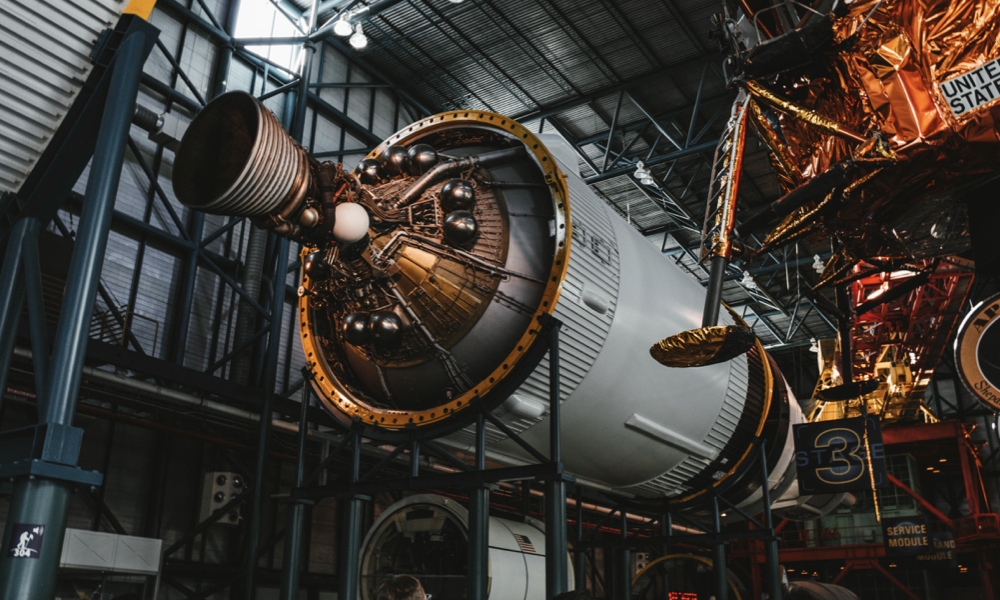
ESA Open Invitation to Tender AO9599
Open Date: 11/10/2018
Closing Date: 26/11/2018 13:00:00
Status: ISSUED
Reference Nr.: 18.1ET.30
Prog. Ref.: Technology Developme
Budget Ref.: E/0901-01 – Technology Developme
Special Prov.: BE+DK+FR+DE+IT+NL+ES+SE+CH+GB+IE+AT+NO+FI+PT+GR+LU+CZ+RO+PL+EE+HU
Tender Type: C
Price Range: 200-500 KEURO
Products: Satellites & Probes / RF / Microwave Communication (Platform and Payloads) / Antennas / Omnidirectional, Helix, Horn, Parabolic, Phased Arrays / Platform vs Payload
Techology Domains: RF Systems, Payloads and Technologies / RF Payloads / EO Instruments
Establishment: ESTEC
Directorate: Directorate of Tech, Eng. & Quality
Department: Electrical Engineering Department
Division: RF Payloads & Technology Division
Contract Officer: Ferreol, Audrey
Industrial Policy Measure: N/A – Not apply
Last Update Date: 11/10/2018
Update Reason: Tender issue
Low frequency radar instruments are under study in the framework of a small planetary science missions making use of nanosatellites. The goal is to achieve a global signal penetration for various different penetration depths and measurement positions for Near Earth Asteroid (NEA) of 260-600 m diameter from a few kilometres. A set of identical nanosatellites is deployed and hover around the target providing bistatic measurements with high signal-to-noise ratio for the covered 2MHz bandwidth. The radar centre frequency is 20 MHz. A ground penetrating radar can be embarked within a few units cubesat (about 6U) with an allocation of 1U. The relevant payload makes use of a tubular antenna in a lambda/2 dipole configuration at 20MHz realised by two deployable monopoles of about 3.75 m length. Mass and volume constrains call for compact antenna with reduced stowed volume and reliable deploying mechanism. While the deploying mechanism and the mechanical implementation of a reliable solution for such an antenna have been studied in the last years, the RF implementation including feeding chain is still missing or lack maturity. Moreover, the antenna test presents a set of challenges related to the very low frequency which require large antenna test facility and dedicated set-ups. The activity will include aninitial phase aimed at studying the state of the art of deployable tubular antennas focusing on low mass and stowed volume. AntennasRF requirements will be then elaborated and integrated with the mechanical ones. Different concepts will be compared in terms of volume and mass in deployed and stowed configuration taking into account the deploying mechanism reliability and the RF aspect of allthe deploying phases with particular focus on the feeding strategy. Performance of the antenna will be simulated and a verificationand validation strategy put in place. A fully representative breadboard will be developed to validate the design from both the RF and mechanical point of view. Full test campaign will be performed at the end of the activity.
If you wish to access the documents related to the Invitation to Tender, you have to log in to the ESA Portal.
